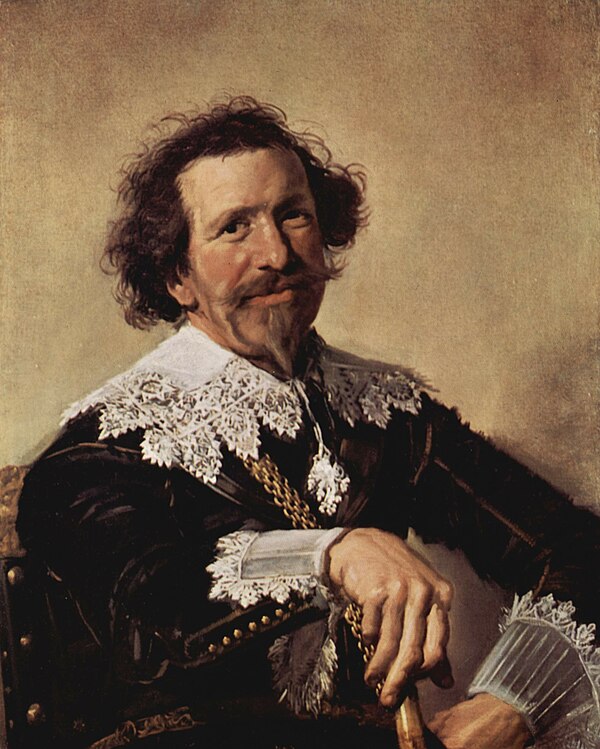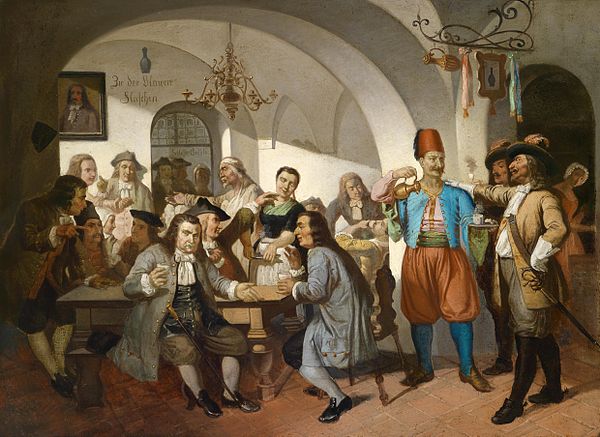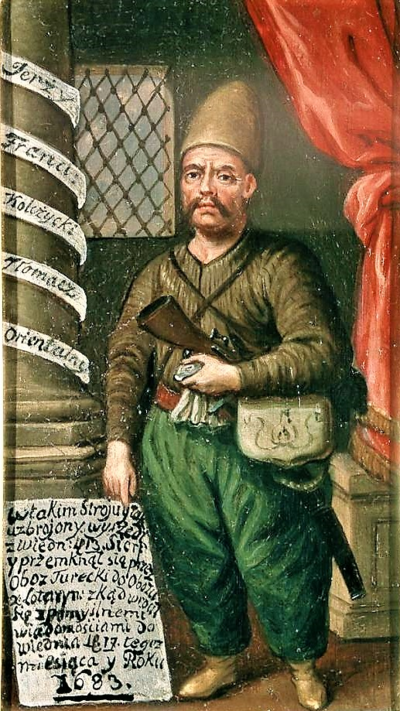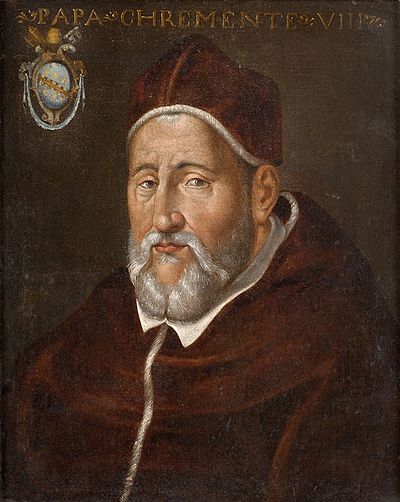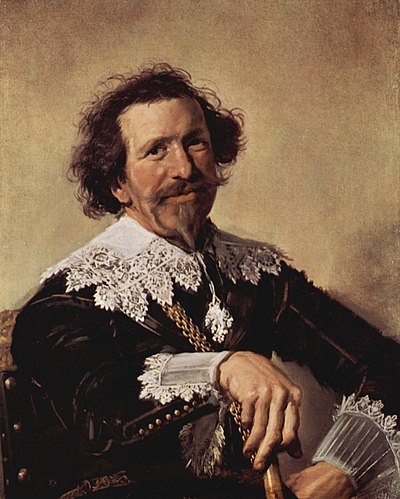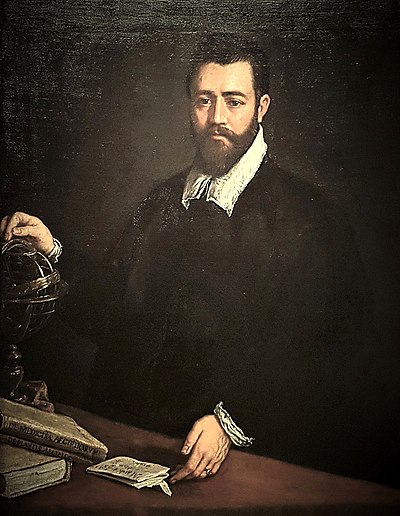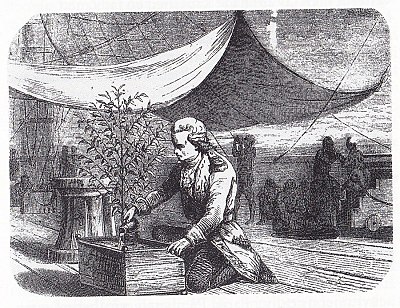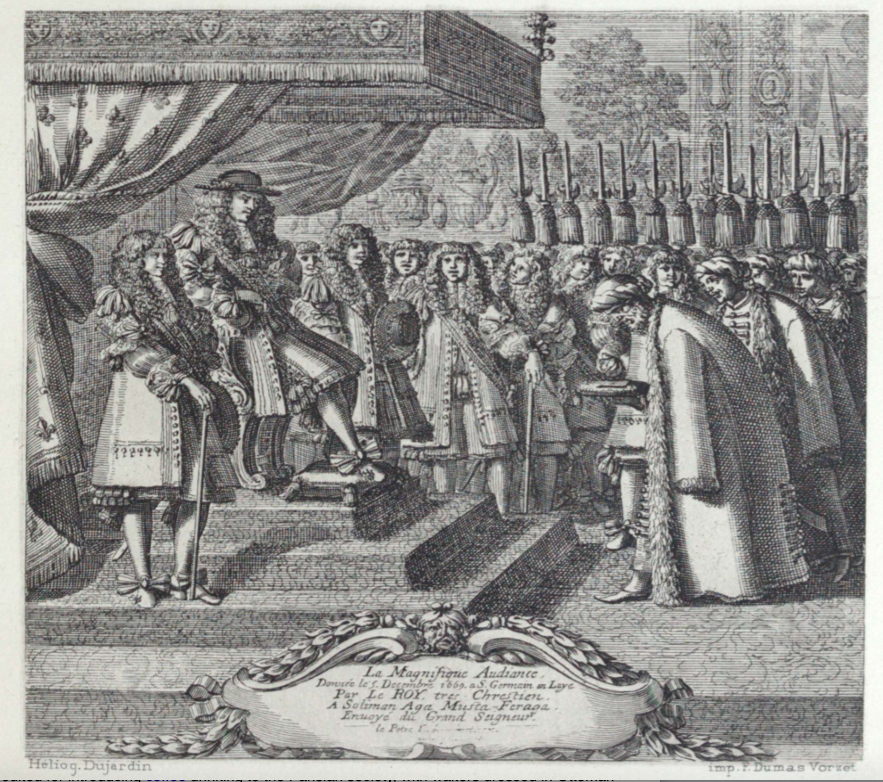
Story of Coffee
The history of coffee dates back 850 CE, and possibly earlier with a number of reports and legends surrounding its first use. It is more likely that it originated in the Kingdom of Sheba which is in Both Ethiopia and Yemen. The earliest sources is a story about an Ethiopian farmer who noticed his goats becoming energized after eating the coffee berries.










